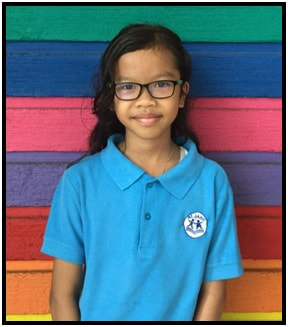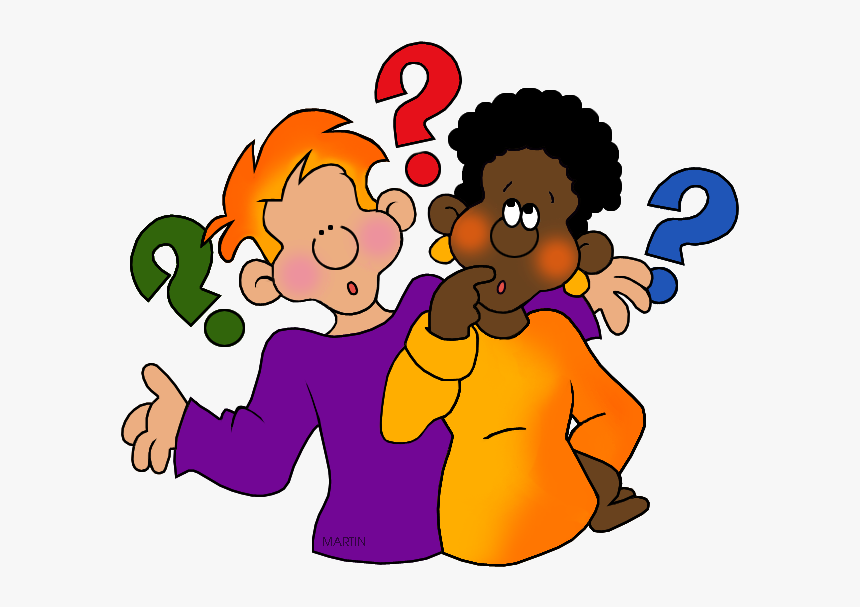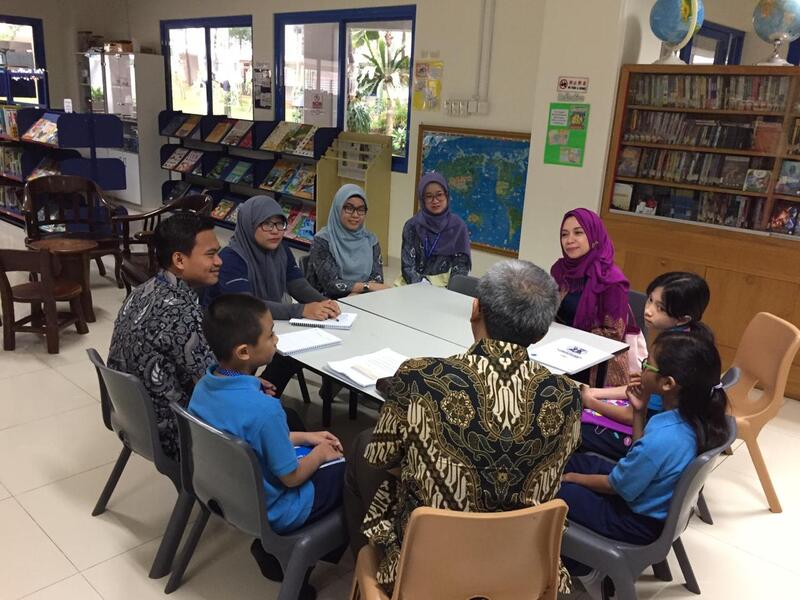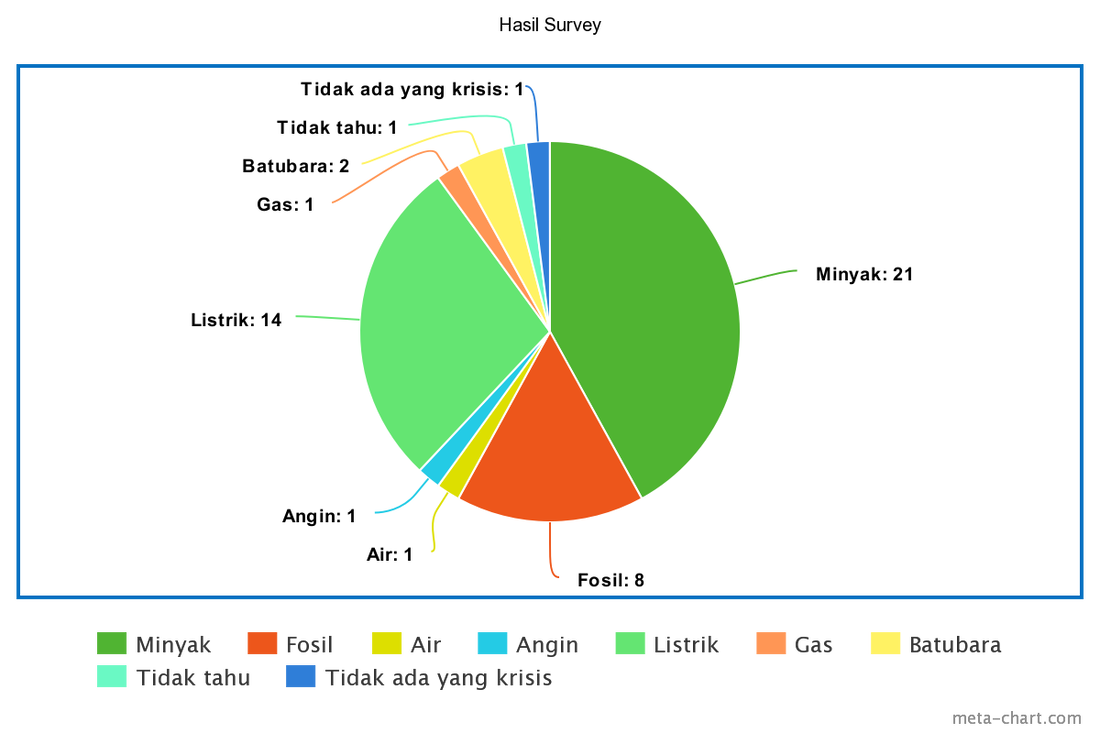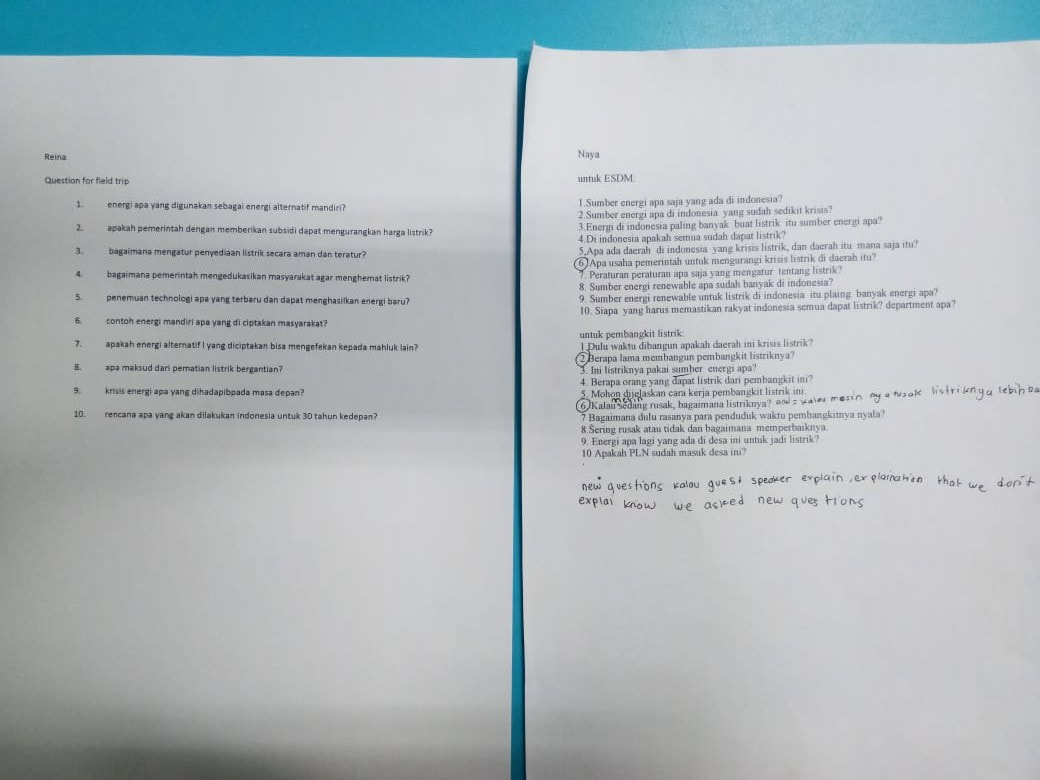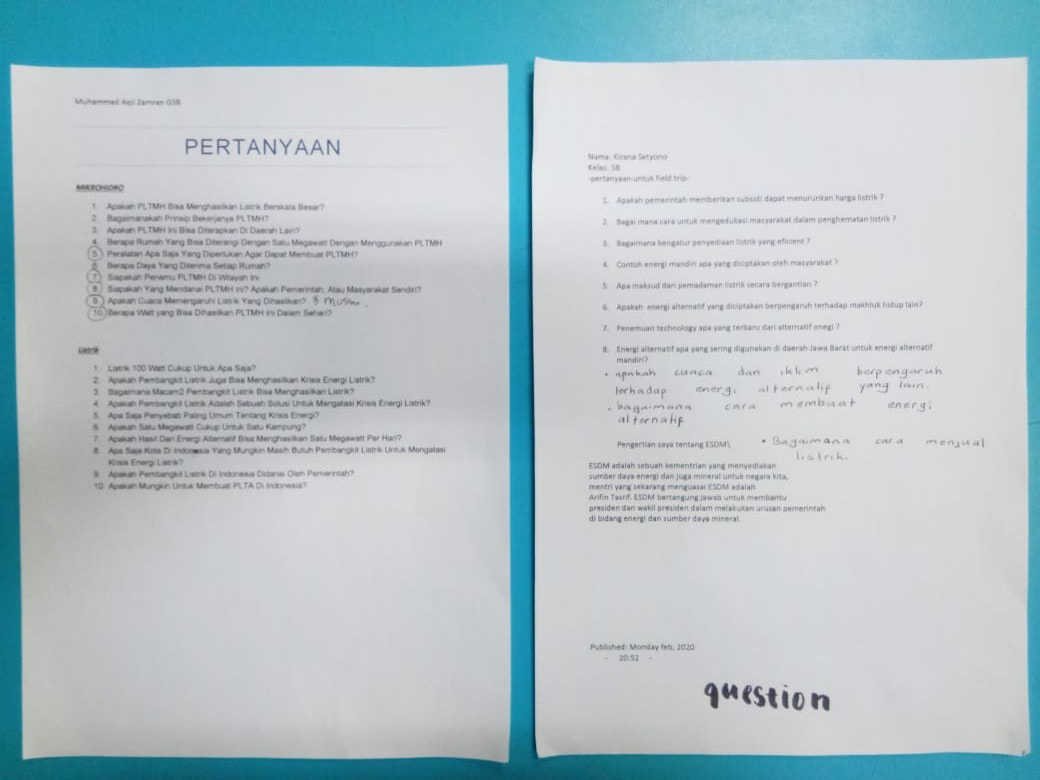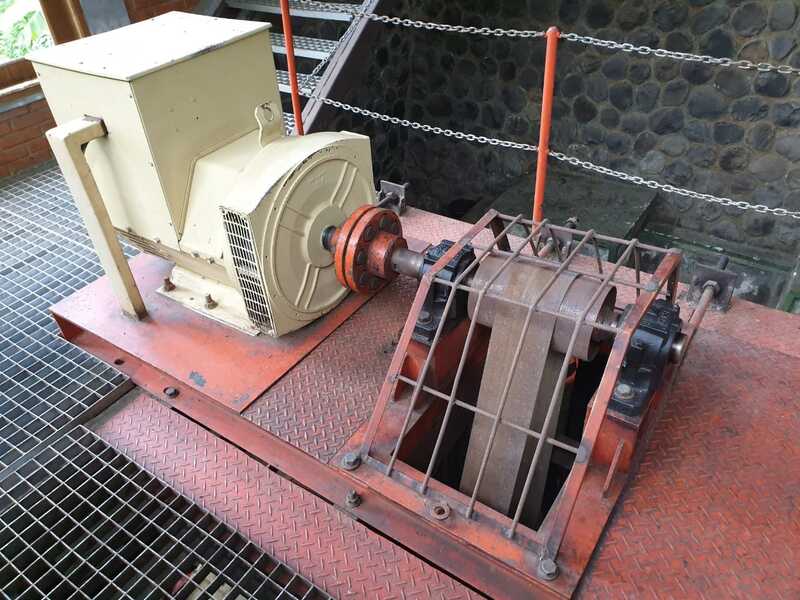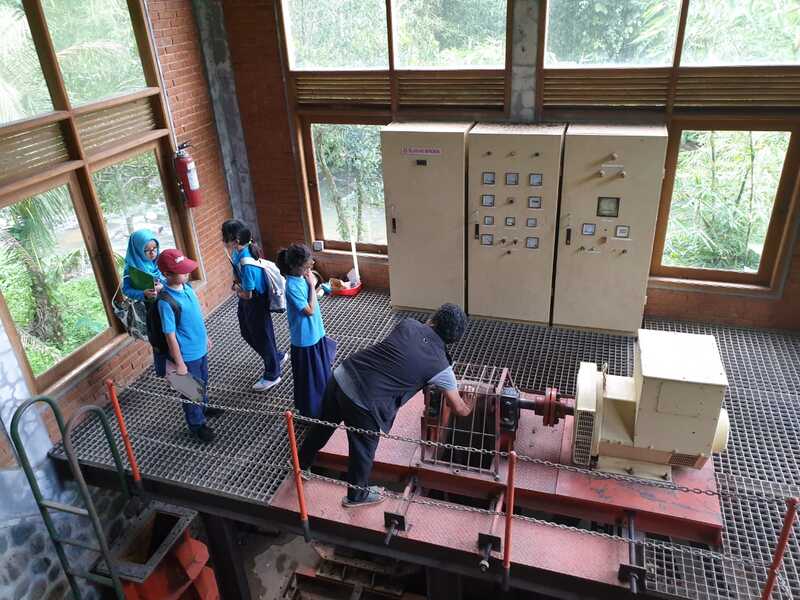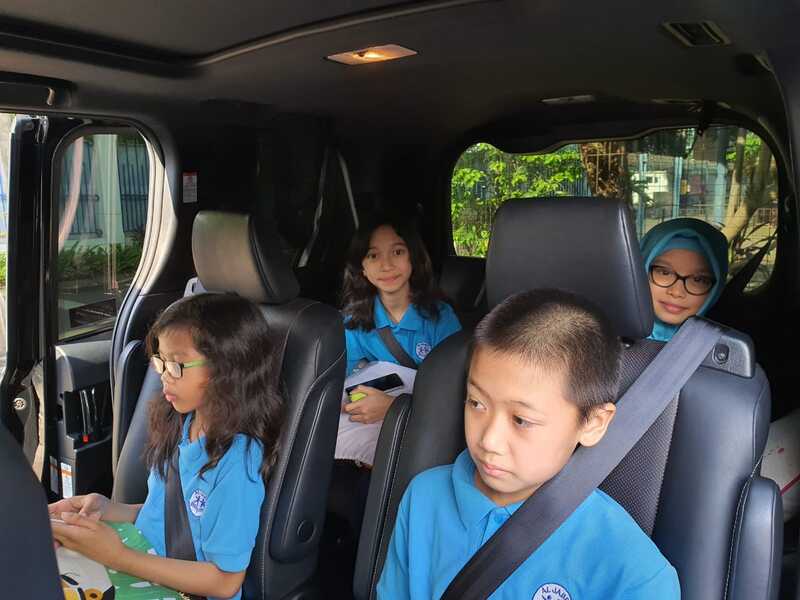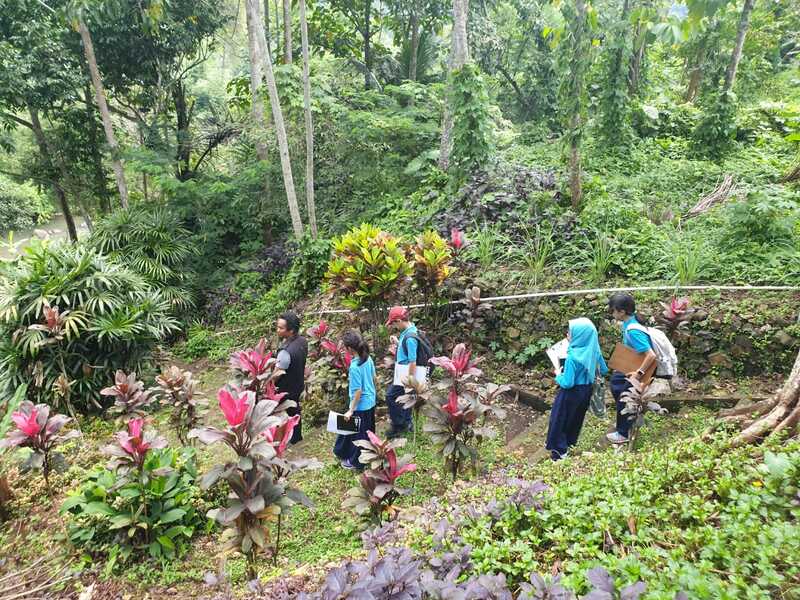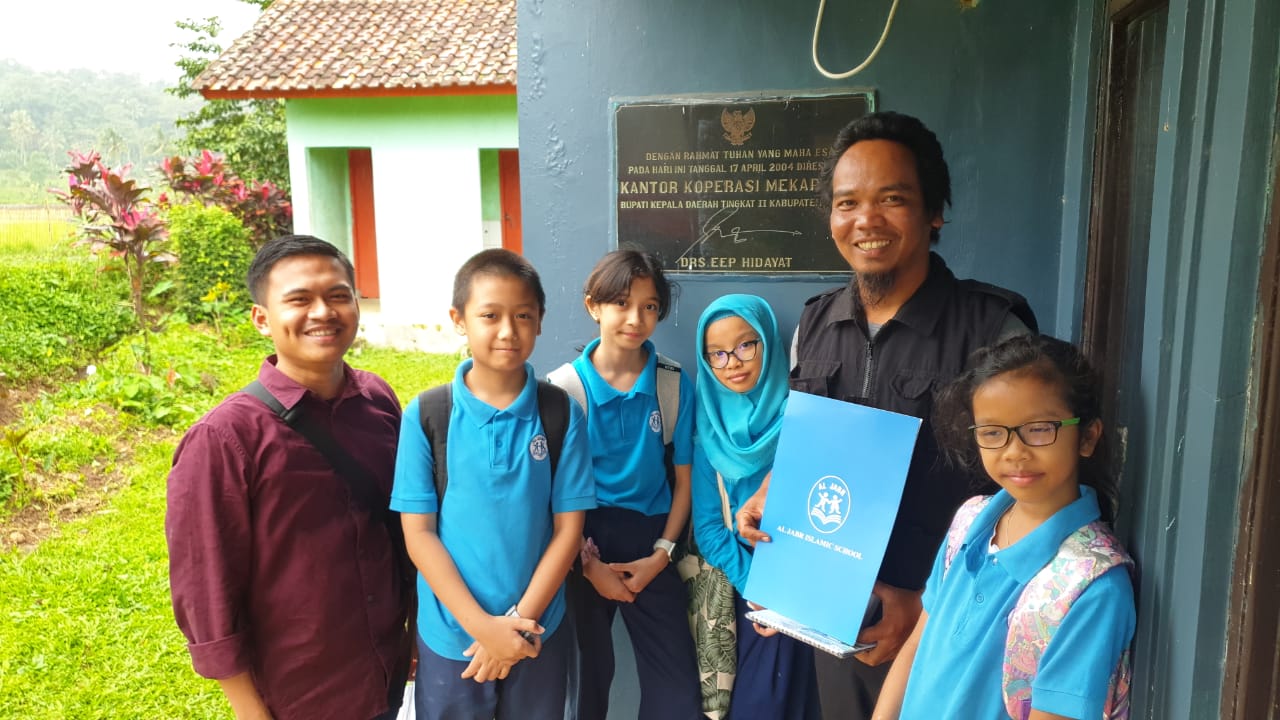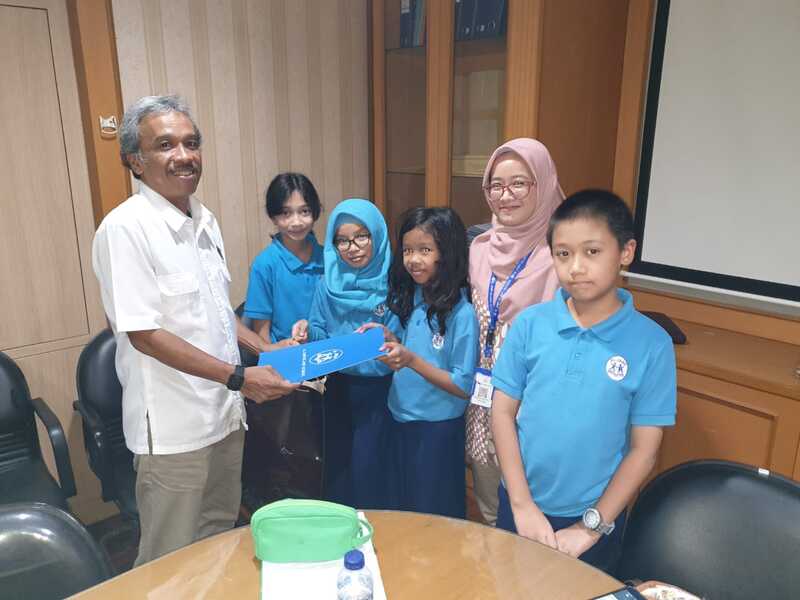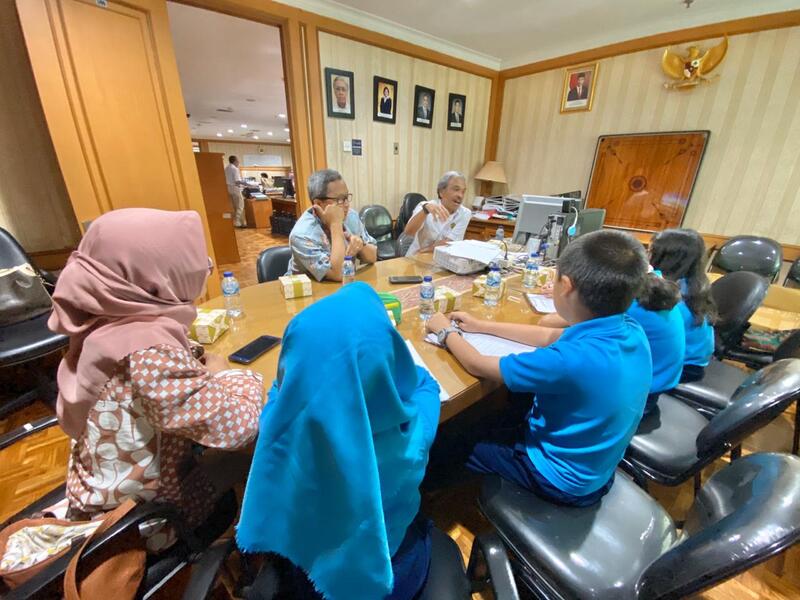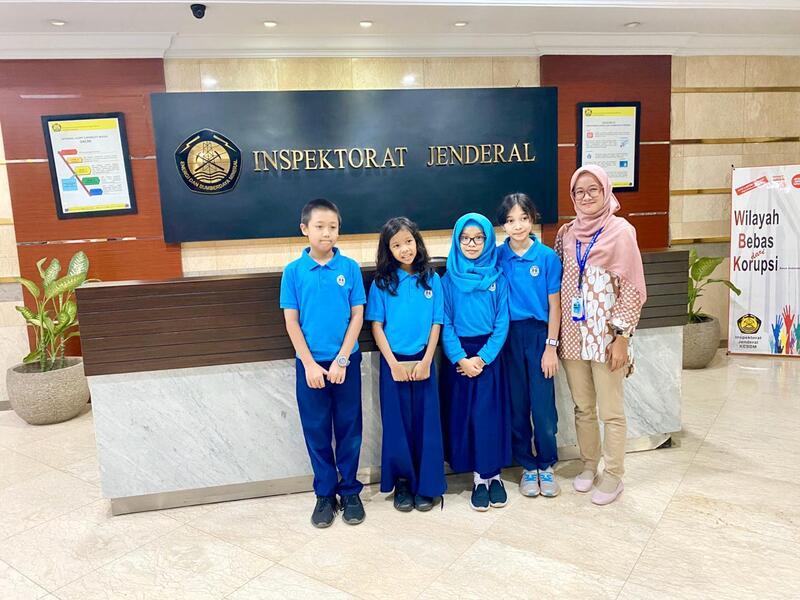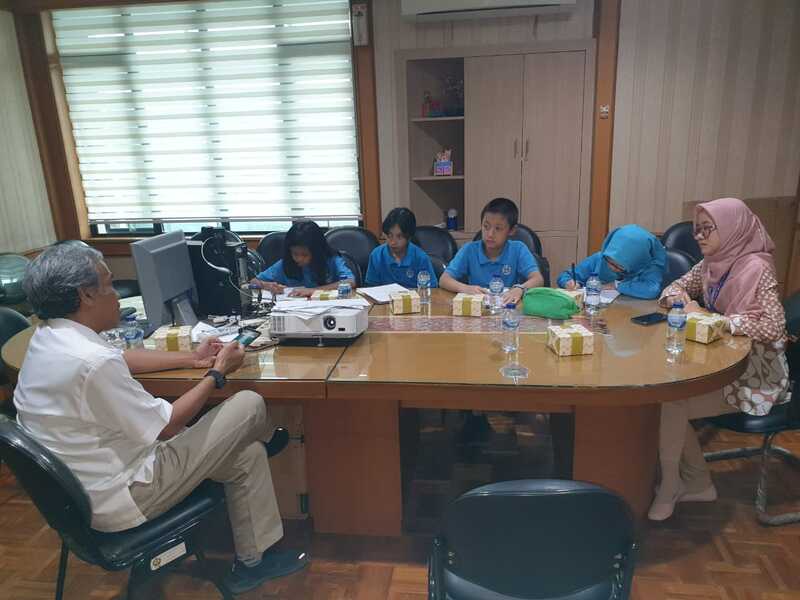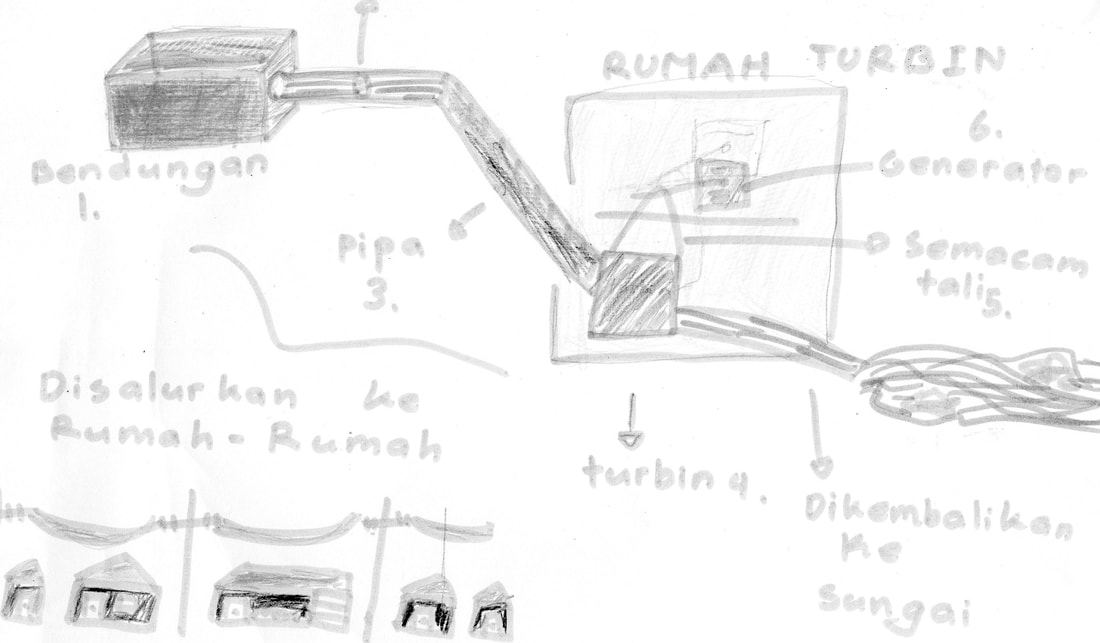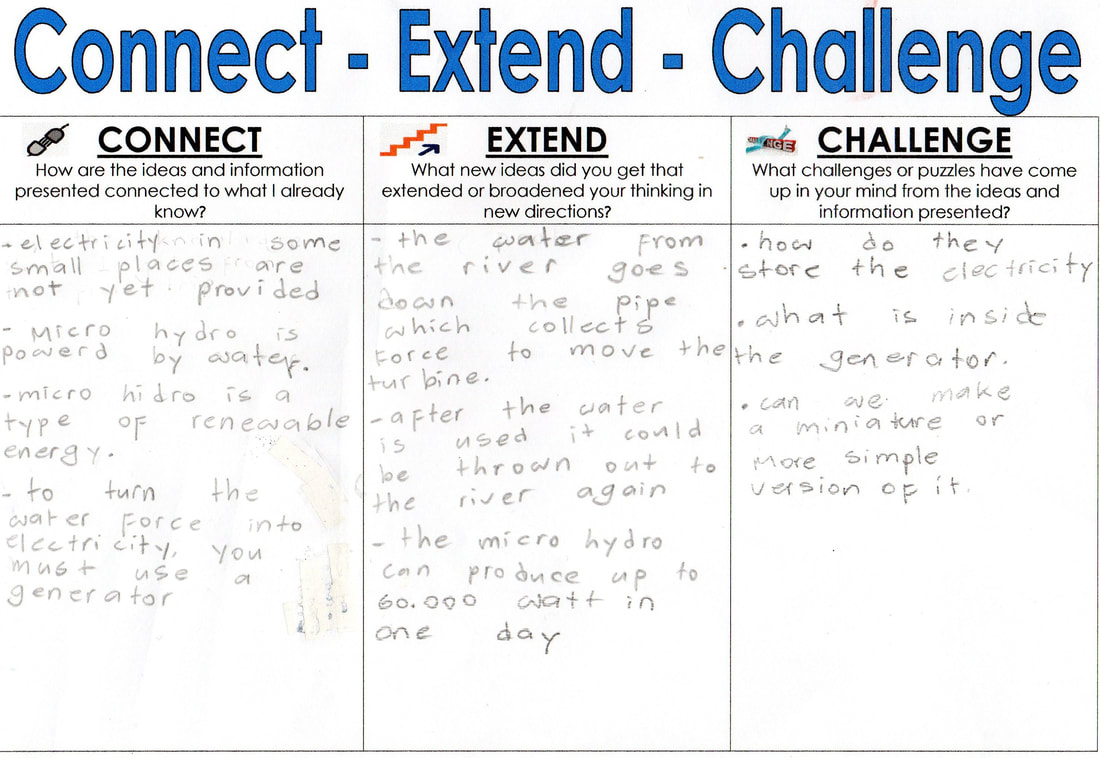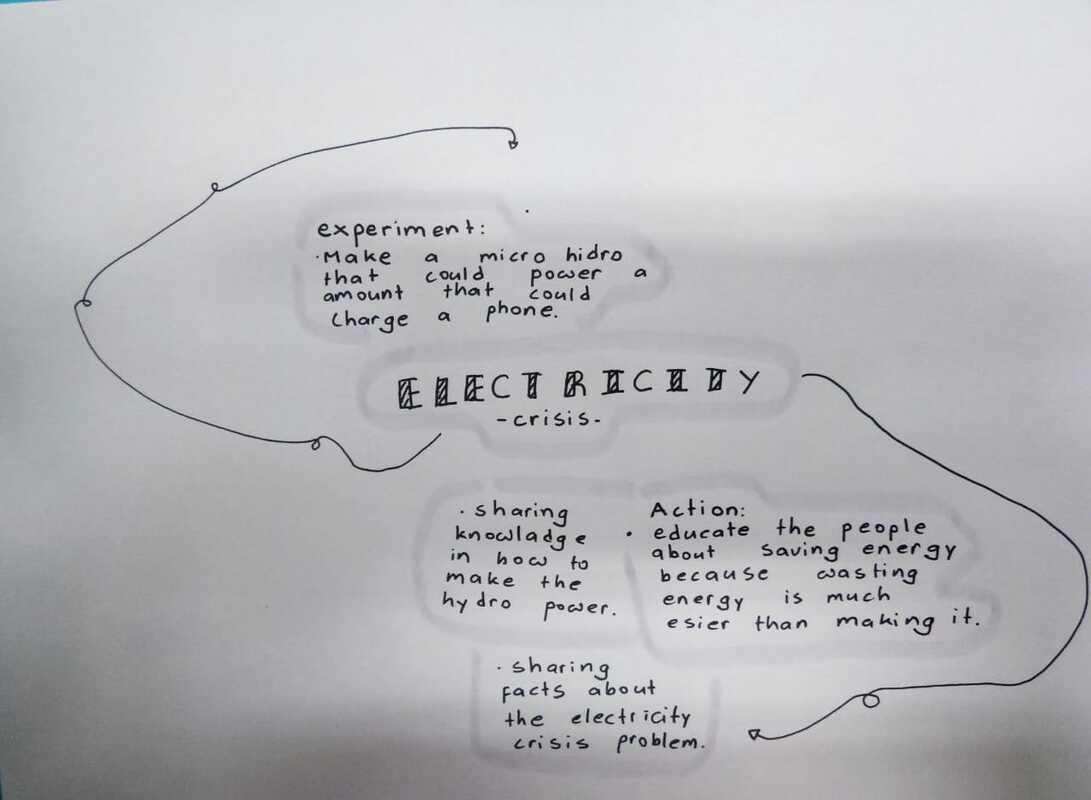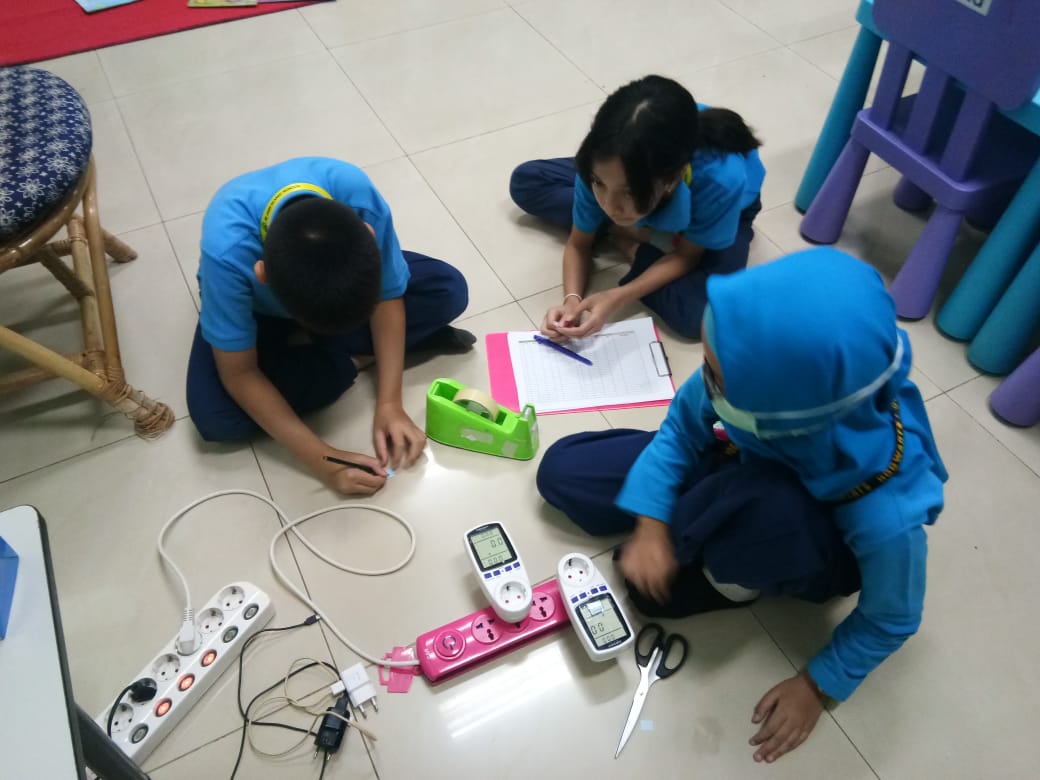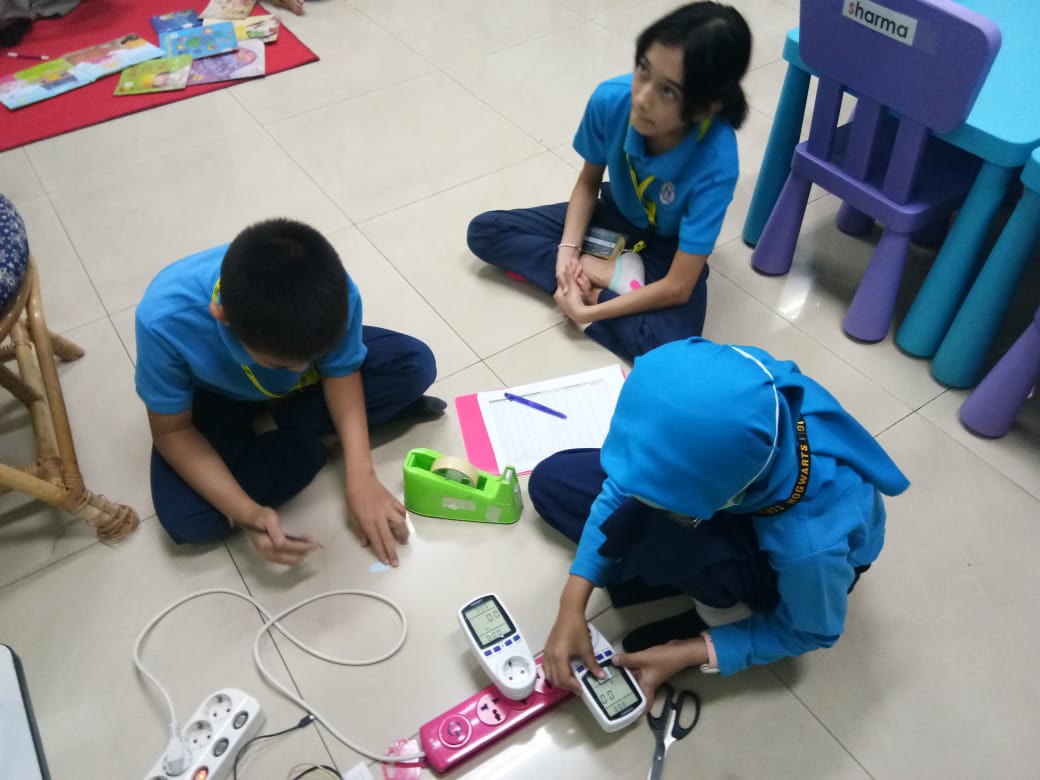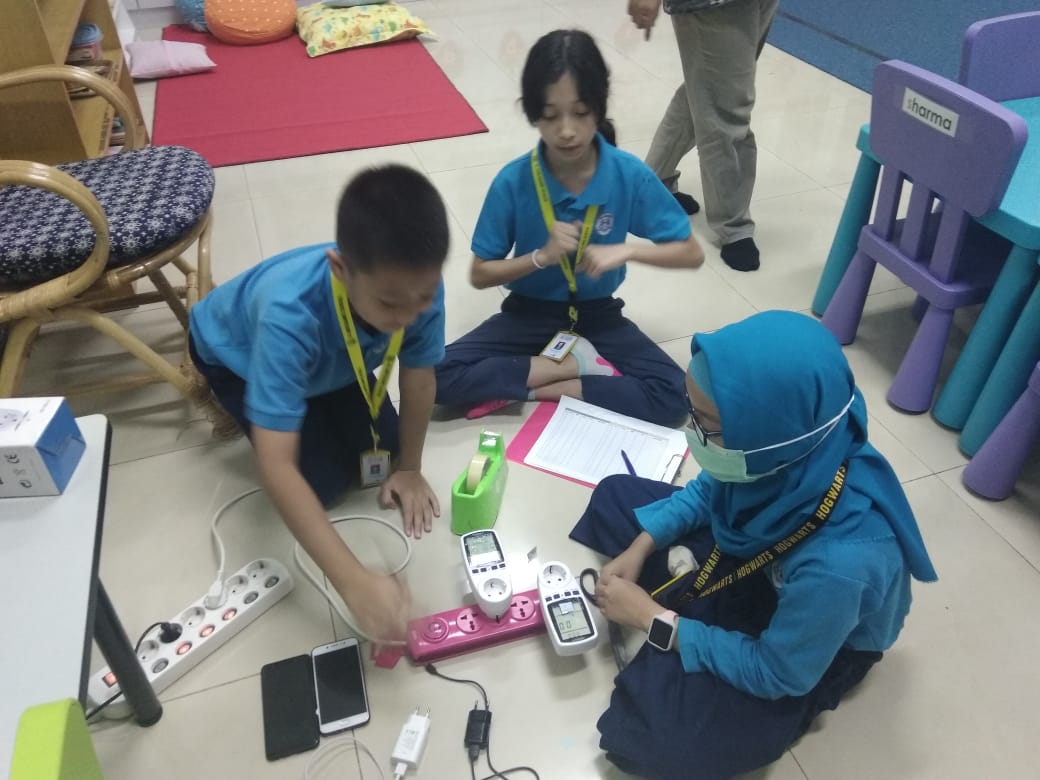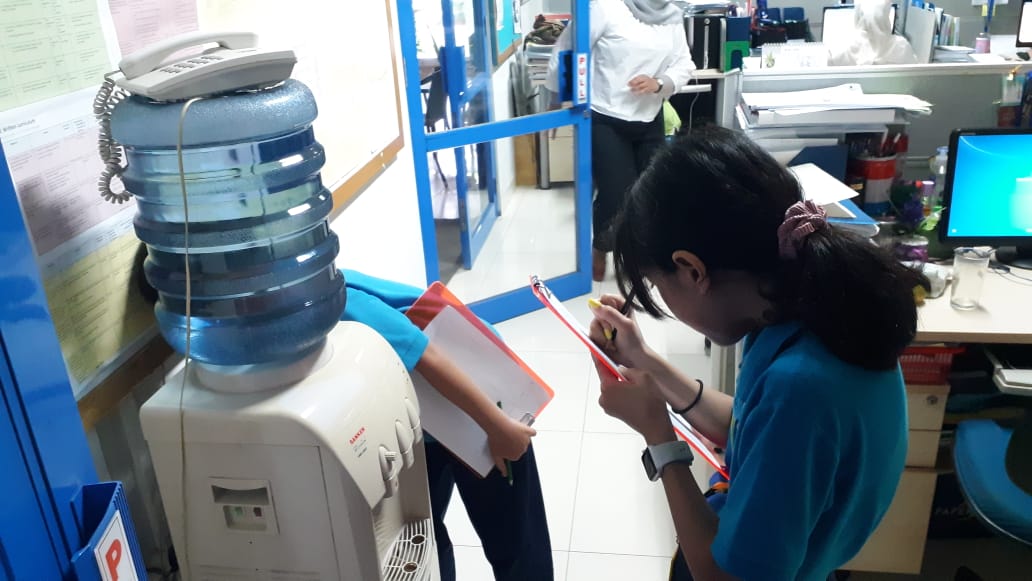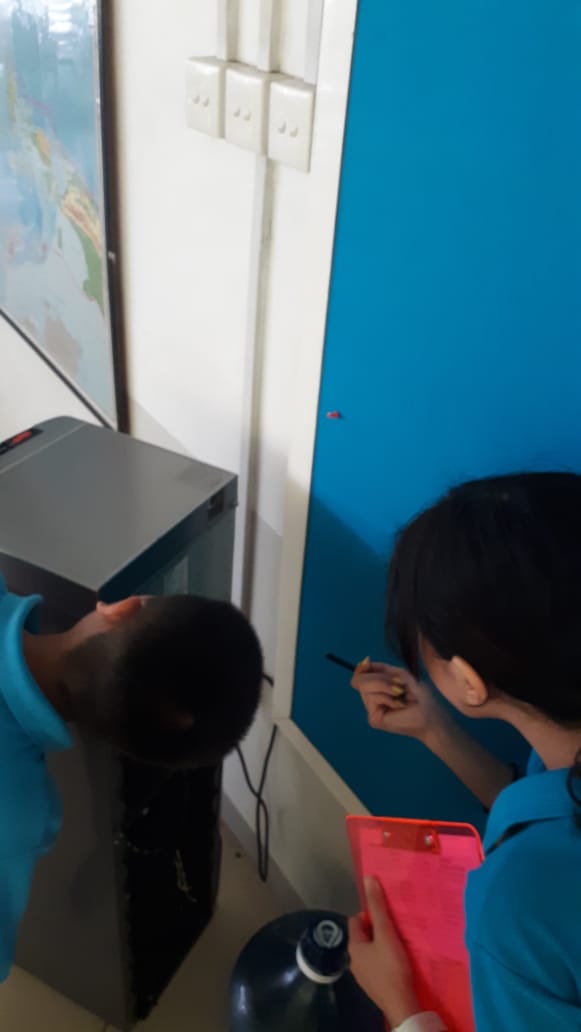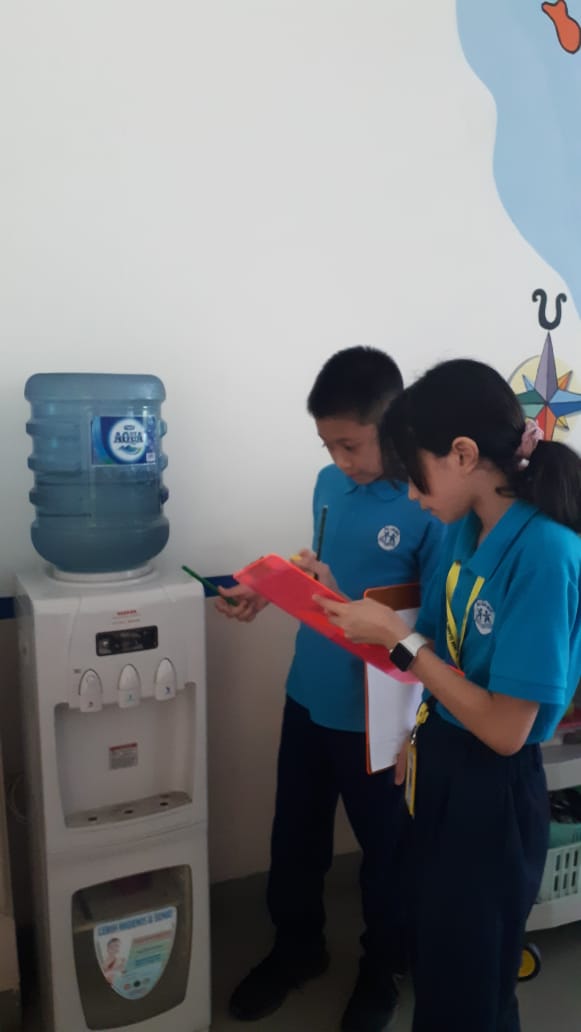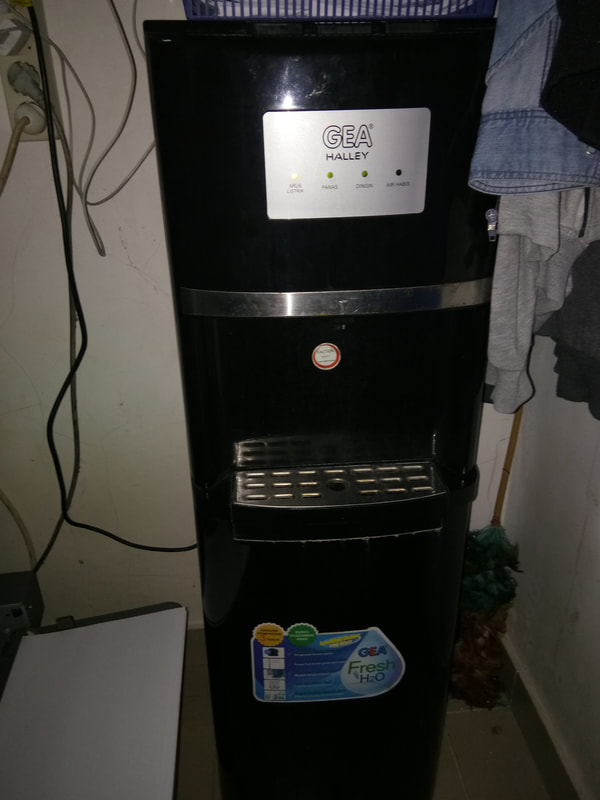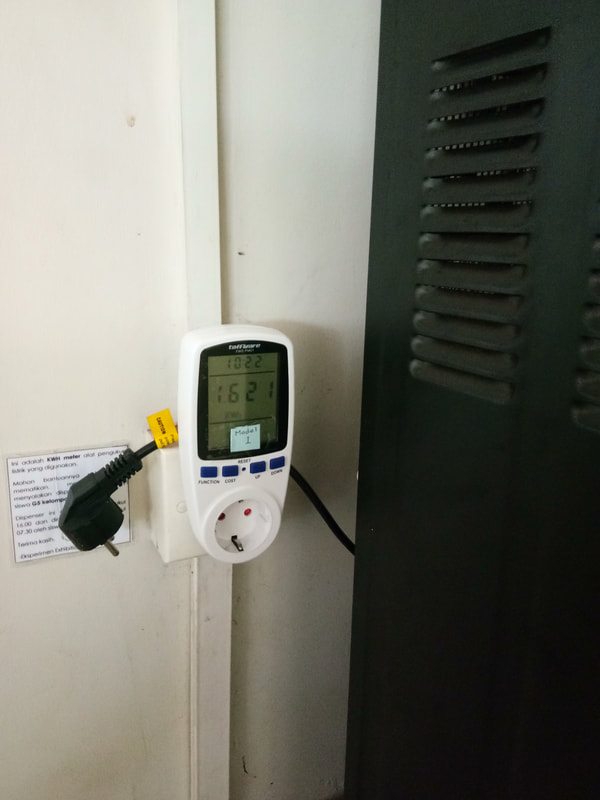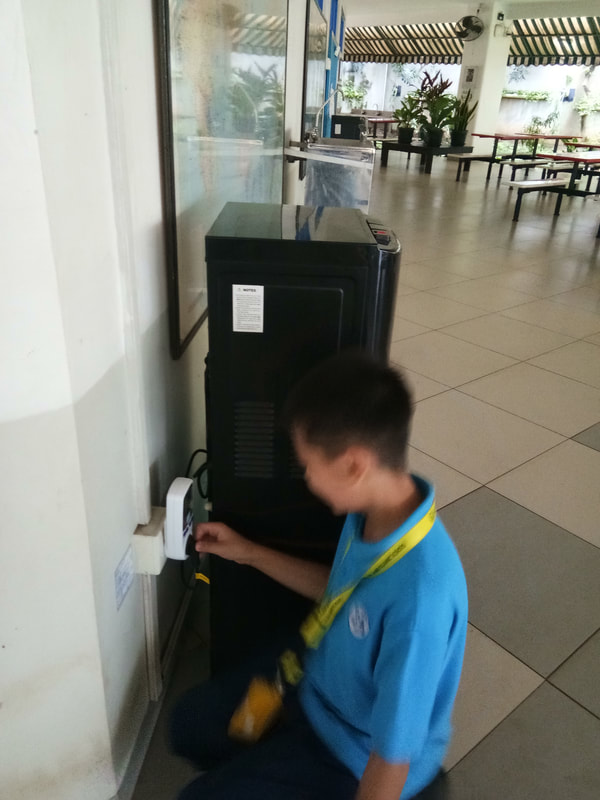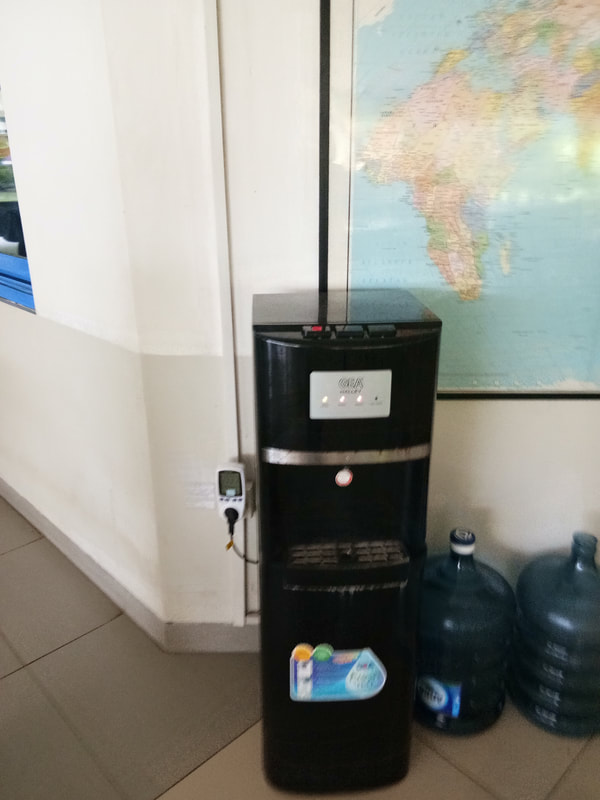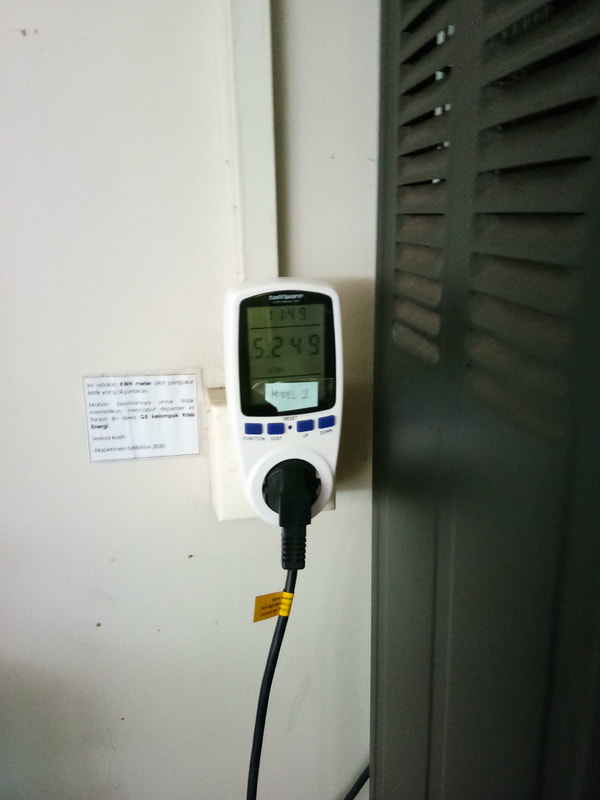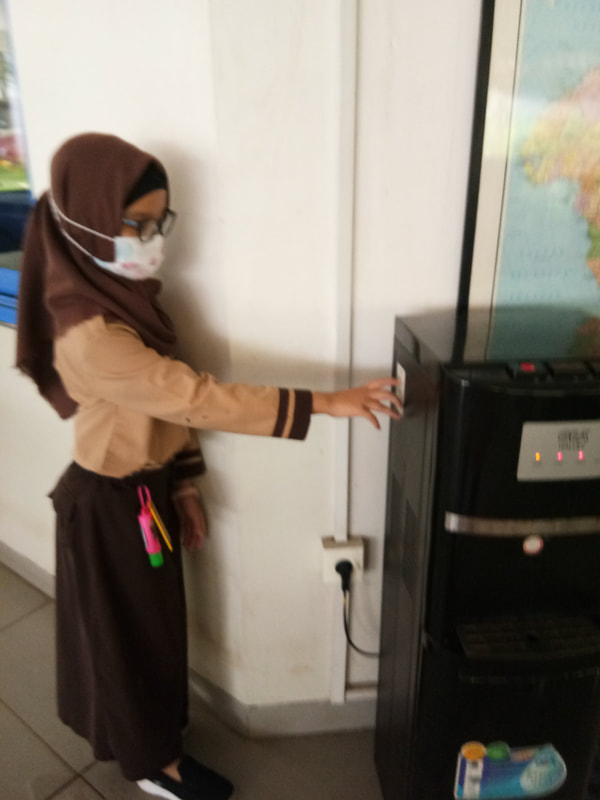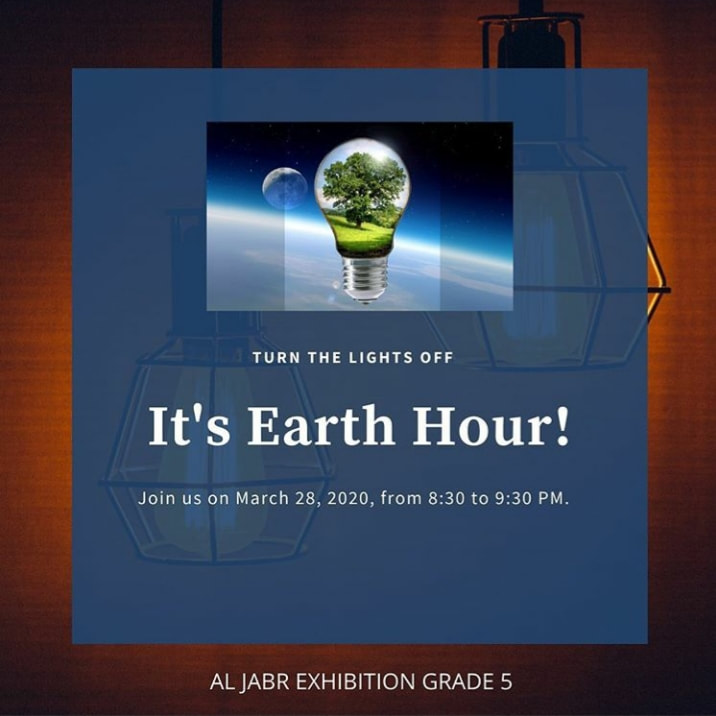Government Action regarding to Energy Crisis
Transdisciplinary Theme
How we organize Ourselves
An inquiry into
the interconnectedness of human-made systems and communities; the structure and function of organizations; societal decision-making; economic activities and their impact on humankind and the environment.
How we organize Ourselves
An inquiry into
the interconnectedness of human-made systems and communities; the structure and function of organizations; societal decision-making; economic activities and their impact on humankind and the environment.
|
Central Idea
Government systems influence the lives of citizens |
Key Concepts
Function, responsibility, perspective |
|
Related concepts
Equality, citizenship, governance, law, politics |
Learner Profiles
Principled Knowledgeable |
ATL Skills
Self-Management skills |
Lines of Inquiry
· Ways in which ecosystems, biomes and environments are interdependent
· How human interaction with the environment can affect the balance of systems
· The consequences of imbalance within ecosystems
· Ways in which ecosystems, biomes and environments are interdependent
· How human interaction with the environment can affect the balance of systems
· The consequences of imbalance within ecosystems
Learning Outcomes
· Identify advances in scientific knowledge
· Analyze the role of technology to improve scientific understanding
· Recognize and report the effects scientific advances on people’s live and environment
· Identify advances in scientific knowledge
· Analyze the role of technology to improve scientific understanding
· Recognize and report the effects scientific advances on people’s live and environment
Al-Quran Quotations
An Nur: 35
اللَّهُ نُورُ السَّمَاوَاتِ وَالْأَرْضِ ۚ مَثَلُ نُورِهِ كَمِشْكَاةٍ فِيهَا مِصْبَاحٌ ۖ الْمِصْبَاحُ فِي زُجَاجَةٍ ۖ الزُّجَاجَةُ كَأَنَّهَا كَوْكَبٌ دُرِّيٌّ يُوقَدُ مِنْ شَجَرَةٍ مُبَارَكَةٍ زَيْتُونَةٍ لَا شَرْقِيَّةٍ وَلَا غَرْبِيَّةٍ يَكَادُ زَيْتُهَا يُضِيءُ وَلَوْ لَمْ تَمْسَسْهُ نَارٌ ۚ نُورٌ عَلَىٰ نُورٍ ۗ يَهْدِي اللَّهُ لِنُورِهِ مَنْ يَشَاءُ ۚ وَيَضْرِبُ اللَّهُ الْأَمْثَالَ لِلنَّاسِ ۗ وَاللَّهُ بِكُلِّ شَيْءٍ عَلِيمٌ
Arab-Latin: Allāhu nụrus-samāwāti wal-arḍ, maṡalu nụrihī kamisykātin fīhā miṣbāḥ, al-miṣbāḥu fī zujājah, az-zujājatu ka`annahā kaukabun durriyyuy yụqadu min syajaratim mubārakatin zaitụnatil lā syarqiyyatiw wa lā garbiyyatiy yakādu zaituhā yuḍī`u walau lam tamsas-hu nār, nụrun 'alā nụr, yahdillāhu linụrihī may yasyā`, wa yaḍribullāhul-amṡāla lin-nās, wallāhu bikulli syai`in 'alīm
Terjemah Arti: Allah (Pemberi) cahaya (kepada) langit dan bumi. Perumpamaan cahaya Allah, adalah seperti sebuah lubang yang tak tembus, yang di dalamnya ada pelita besar. Pelita itu di dalam kaca (dan) kaca itu seakan-akan bintang (yang bercahaya) seperti mutiara, yang dinyalakan dengan minyak dari pohon yang berkahnya, (yaitu) pohon zaitun yang tumbuh tidak di sebelah timur (sesuatu) dan tidak pula di sebelah barat(nya), yang minyaknya (saja) hampir-hampir menerangi, walaupun tidak disentuh api. Cahaya di atas cahaya (berlapis-lapis), Allah membimbing kepada cahaya-Nya siapa yang dia kehendaki, dan Allah memperbuat perumpamaan-perumpamaan bagi manusia, dan Allah Maha Mengetahui segala sesuatu.
An Nur: 35
اللَّهُ نُورُ السَّمَاوَاتِ وَالْأَرْضِ ۚ مَثَلُ نُورِهِ كَمِشْكَاةٍ فِيهَا مِصْبَاحٌ ۖ الْمِصْبَاحُ فِي زُجَاجَةٍ ۖ الزُّجَاجَةُ كَأَنَّهَا كَوْكَبٌ دُرِّيٌّ يُوقَدُ مِنْ شَجَرَةٍ مُبَارَكَةٍ زَيْتُونَةٍ لَا شَرْقِيَّةٍ وَلَا غَرْبِيَّةٍ يَكَادُ زَيْتُهَا يُضِيءُ وَلَوْ لَمْ تَمْسَسْهُ نَارٌ ۚ نُورٌ عَلَىٰ نُورٍ ۗ يَهْدِي اللَّهُ لِنُورِهِ مَنْ يَشَاءُ ۚ وَيَضْرِبُ اللَّهُ الْأَمْثَالَ لِلنَّاسِ ۗ وَاللَّهُ بِكُلِّ شَيْءٍ عَلِيمٌ
Arab-Latin: Allāhu nụrus-samāwāti wal-arḍ, maṡalu nụrihī kamisykātin fīhā miṣbāḥ, al-miṣbāḥu fī zujājah, az-zujājatu ka`annahā kaukabun durriyyuy yụqadu min syajaratim mubārakatin zaitụnatil lā syarqiyyatiw wa lā garbiyyatiy yakādu zaituhā yuḍī`u walau lam tamsas-hu nār, nụrun 'alā nụr, yahdillāhu linụrihī may yasyā`, wa yaḍribullāhul-amṡāla lin-nās, wallāhu bikulli syai`in 'alīm
Terjemah Arti: Allah (Pemberi) cahaya (kepada) langit dan bumi. Perumpamaan cahaya Allah, adalah seperti sebuah lubang yang tak tembus, yang di dalamnya ada pelita besar. Pelita itu di dalam kaca (dan) kaca itu seakan-akan bintang (yang bercahaya) seperti mutiara, yang dinyalakan dengan minyak dari pohon yang berkahnya, (yaitu) pohon zaitun yang tumbuh tidak di sebelah timur (sesuatu) dan tidak pula di sebelah barat(nya), yang minyaknya (saja) hampir-hampir menerangi, walaupun tidak disentuh api. Cahaya di atas cahaya (berlapis-lapis), Allah membimbing kepada cahaya-Nya siapa yang dia kehendaki, dan Allah memperbuat perumpamaan-perumpamaan bagi manusia, dan Allah Maha Mengetahui segala sesuatu.
Students
Mentors
Ms. Tari Ms. Distra Mr. Udin Ms. Ella
Step 1:
Identifying globally significant issues
Exploring, wondering and questioning
In this step we explore our topic by brainstorming the words of ENERGY, CRISIS ENERGY and Government Policy through reading articles.
step 2:
Determining timing and time frame
We discuss and set our plan to visit Kementrian Energi dan Sumber Daya Mineral office and Pembangkit Listrik Tenaga Mikro Hidro in Subang. We prepare our questions.
STEP 3
Engaging support from the learning community
We visit the PLTMH in Subang to to see directly the PLTMH made by the residents themselves because they did not get electricity. We also want to know why and how they made it.
We also went to the government office to know what they have done and will do relating to the electricity.
We also went to the government office to know what they have done and will do relating to the electricity.
PEMBANGKIT LISTRIK TENAGA MIKRO HIDRO CINTA MEKAR
SERANGPANJANG, SUBANG, JAWA BARAT
Ibu Nunuk S. Nurul Aliyah dan Bapak Gungun Gunawan
15 Februari 2020
SERANGPANJANG, SUBANG, JAWA BARAT
Ibu Nunuk S. Nurul Aliyah dan Bapak Gungun Gunawan
15 Februari 2020
Bapak Noor Arifin Muhammad
INSPEKTORAT JENDRAL KEMENTRIAN ENERGI DAN SUMBER DAYA MINERAL
JL. PATRA KUNINGAN RAYA JAKARTA SELATAN
17 Februari 2020
INSPEKTORAT JENDRAL KEMENTRIAN ENERGI DAN SUMBER DAYA MINERAL
JL. PATRA KUNINGAN RAYA JAKARTA SELATAN
17 Februari 2020
STEP 4
Organizing the Learning
We collect our data and reporting our findings through charts.
|
Planning Our Experiment and Action
We plan to make a hydro power that is able to turn on a electical house utensil or at least to charge a phone. After that we want to share our finding to others, inform them about the facts we found from our resources and we want to spread habit to save the electricity. |
|
EXPERIMENT
STEP 1: MAKING QUESTION
- What are materials to make hydro power? - How to make it? - Can we use it in our daily life? - How it works? - How to control the water force? - How much is the power of DC motor? - How to produce electricity min 50 volt? STEP 2: MAKING HYPOTHESIS 1. The amount of electricity depends on the strength of the water 2. The swift water requires a stronger dc motor 3. Bigger hydro power produces bigger amount of electricity |
|
MODIFYING LEARNING
|
STEP 3: EXPERIMENT
We meet some difficulties to make our experiment because: 1. There is no DC motor that produce electricity more than 0,5 Volt. 2. To be able to charge a phone, we need a bigger swift water which is like at the river, dam or using water hose machine. So we decide to make a PLAN B. |
PLAN B EXPERIMENT
|
STEP 1: MAKING QUESTION
1. Can pulling out the power cord save energy? 2. How much energy can be saved when we unplug the power tool? 3. How many rupiah can be saved when we unplug the power tool? 4. How much does the difference in the cost of a power tool be used sparingly and not? 5. Does the cellphone charger that is not unplugged after use still absorb electricity? |
STEP 2: MAKING HYPOTHESIS
|
STEP 3: EXPERIMENT 1
We will compare 2 power tools (handphones). the first is used in an energy efficient way. The second is used in a way that does not save energy.
We will compare 2 power tools (handphones). the first is used in an energy efficient way. The second is used in a way that does not save energy.
PROCESS
|
STEP 4: DATA
|
STEP 5: ANALYZE
|
STEP 3: EXPERIMENT 2
We will compare 2 power tools (water dispenser). the first is used in an energy efficient way. The second is used in a way that does not save energy.
Based on experiment 1 that each electric device with a different type or brand uses different amount of electricity, we made observations on the types of water dispensers in school. We will use the same type and brand of water dispensers.
We will compare 2 power tools (water dispenser). the first is used in an energy efficient way. The second is used in a way that does not save energy.
Based on experiment 1 that each electric device with a different type or brand uses different amount of electricity, we made observations on the types of water dispensers in school. We will use the same type and brand of water dispensers.
|
MODEL 1:
At 16:00 the dispenser will be turned off and unplugged. At 7:30 it will be turn on. |
MODEL 2:
The dispenser is on 24 hours. |
|
STEP 4: DATA
|
STEP 5: ANALYZE
Based on the experimental data, we found that there is a difference in electricity consumption between the dispenser which always connected to electricity and turned off when it is not in use. After we find out and calculate using physics formulas, produced that when we turn off the dispenser when it is not in use can save Rp 1000,- within 5 days. |
STEP 6: RESULT
All electronic devices that are not unplugged will continue to consume electricity.
Unplugging electronic cable when not in use can save electricity costs and prevent electrical shortages.
All electronic devices that are not unplugged will continue to consume electricity.
Unplugging electronic cable when not in use can save electricity costs and prevent electrical shortages.
step 5
monitoring the exhibition
We monitor our exhibition progress by having a video conference as our meeting. We designed and determined the actions that we will take and report our own tasks. Based on the information that we obtained from the experts, we decided to make 2 types of actions carried out by ourselves and others. We also practiced and discussed how to present our project correctly.
step 6
sharing the exhibition
We modify our action from physical into digital action because of the Covid-19 pandemic and we should do social distancing.
Our action category are Lifestyle choice and Advocacy.
Our action category are Lifestyle choice and Advocacy.

Lifestyle Choice
Responsible and sustainable consumption toward the use of electricity at home.
www.instagram.com/tv/B-MD_5Rlsf8/?igshid=mqiizyl87gbn
Responsible and sustainable consumption toward the use of electricity at home.
www.instagram.com/tv/B-MD_5Rlsf8/?igshid=mqiizyl87gbn
Advocacy
Creating a video about micro hydro as government action towards energy crisis and the prototype of it. We spread them through our Instagram account and YouTube.
Creating a video about micro hydro as government action towards energy crisis and the prototype of it. We spread them through our Instagram account and YouTube.

|
Sharing ideas or do campaign for positive change or to convince people to save energy by creating videos, brochures, posters, comics and spread them through social media.
www.instagram.com/tv/B-MEqtqFwUc/?igshid=yf2r0w572kob |
|
On earth day (March 28, 2020) we also invite people to participate, especially Al Jabr community to save the electricity and turn off lights for 1 hour from 8.30 - 9.30 p.m. We share the poster and video through social media. This action aims to preserve our earth.
www.instagram.com/tv/B-RYByDgdUh/?igshid=15mau9gka5hzb
www.instagram.com/tv/B-RYByDgdUh/?igshid=15mau9gka5hzb
We made a power point as a media to inform our exhibition process.
OUR PRESENTATION VIDEO
https://drive.google.com/file/d/1QctGiPH_Je8_1GjU5_Q_C8GR_EBCqky2/view?usp=sharing

